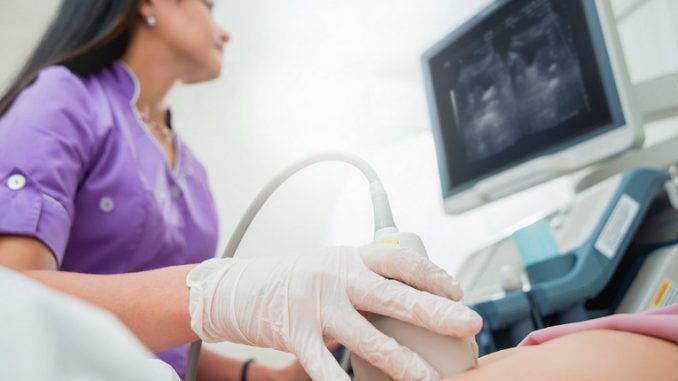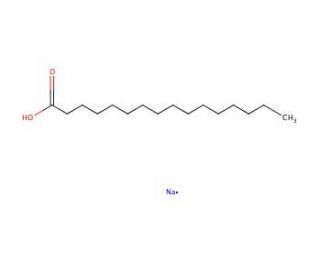Prenatal diagnosis: what villocentesis consists of?
Choosing which prenatal diagnostic path to take, which involves a series of routine examinations but also more specialized tests, is extremely important and every expectant woman should discuss it with her doctor. A prenatal screening exam may be noninvasive, such as Bitest or fetal DNA testing, or one may opt for a prenatal diagnostic exam, such as amniocentesis or villocentesis, procedures that are more invasive, however.
Chorionic villocentesis is one of these and in fact involves taking fragments of chorionic villi from the placenta by means of a needle that penetrates the pregnant woman’s abdomen 1 . The test can also be performed transcervically, although cases are rare. In this case, the uterine cavity is reached through a vaginal catheter. In any case, the sampling is always performed under ultrasound control 1 .
Prenatal diagnosis: when villocentesis can be done
Chorionic villocentesis can be performed between weeks 10 and 12 2 . Chorionic tissue is harvested on an outpatient basis, often without anesthesia. Before performing the test, however, the mother-to-be must have an ultrasound examination to make sure, for example, that the fetus is viable. In addition, it is important to establish the gestational age (through fetal biometry) and the most appropriate site for access to chorionic tissue 3 . During the ultrasound examination, possible implantation abnormalities or uterine abnormalities may already be detected and, as a result, a decision is made whether or not to perform the procedure 3 .
The chorionic villi obtained from the sampling are analyzed in the laboratory, and from their analysis can be traced to possible chromosomal abnormalities in the fetus, such as Down syndrome, or genetic diseases, such as cystic fibrosis. Upon request, it is also possible to discover the paternity of the child 1 .
This test has the same indications as amniocentesis: it is especially recommended for women who are older than 35 years at the time of pregnancy, especially if there are chromosomal abnormalities, genetic diseases or congenital metabolic defects in the family or if any fetal malformations have been detected during ultrasound 1 .
Villocentesis is preferred over amniocentesis
Chorionic villus sampling is preferred over amniocentesis to detect possible genetic diseases and congenital metabolic defects because chorionic villi are a richer source of DNA than amniocytes. Another advantage of chorionic villocentesis over amniocentesis is that it can be performed at an earlier gestational age and with reduced waiting time for diagnosis. On the other hand, with regard to the diagnosis of any infection, it is preferable to undergo amniocentesis as it is more sensitive to even small portions of the infectious agent’s genetic material 3 .
The exam, however, has complications, such as a 1% risk of miscarriage, which decreases with advancing gestational age and increases with maternal age. The skill and experience of the health care provider affects this rate: an experienced person decreases the risk of abortion 3 .
Test results usually arrive within 20 days and are reliable in detecting chromosomal abnormalities, such as Down syndrome, trisomy 18 (known as Edwards syndrome) and sex chromosome aneuploidies 4 .
However, villocentesis is not the only option
During the nine months of pregnancy, women may choose, under the advice of their gynecologist, to have a noninvasive screening exam that poses no risk of miscarriage. These tests are “probabilistic,” in that they reveal the percentage of probability for which a chromosomal abnormality is present in the fetus. For example, the fetal DNA testing is an early screening test, which can be performed as early as 10 weeks of pregnancy, and is 99.9% reliable in detecting major chromosomal abnormalities.


